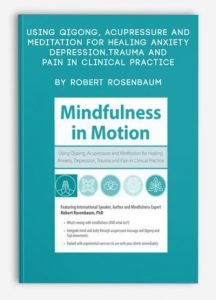 Using Qigong, Acupressure and Meditation for Healing Anxiety, Depression, Trauma and Pain in Clinical Practice by Robert Rosenbaum
Using Qigong, Acupressure and Meditation for Healing Anxiety, Depression, Trauma and Pain in Clinical Practice by Robert Rosenbaum
Description
- What’s wrong with mindfulness (AND what isn’t)
- Integrate mind and body through acupressure massage and Qigong and Taiji movements
- Packed with experiential exercises to use with your clients immediately
Imagine what it would be like for your clients to be free from anxiety, depression, trauma or pain. What if you could show your clients specific strategies to become more mindful and compassionate by immediately working with their concrete bodily experiences of themselves in the present moment?
This new workshop will be unlike any other mindfulness training you’ve received! Join experienced mindfulness presenter Robert Rosenbaum, PhD as he will give you an experiential packed workshop.
Robert will teach your clients through body movement and awareness that mindfulness meditation is accessible, beneficial and practical. By integrating mind and body through movements, acupressure massage and meditations of Dayan (Wild Goose) Qigong, learn how to apply these mindfulness techniques:
- sensate focus while standing to interrupt panic attacks
- qigong movements to reduce depression
- meridian tapping massages to help with trauma and decrease self-harming behaviors
- hand and tongue positions to improve stress management
Mindfulness doesn’t live in your head–don’t miss this chance to integrate mindfulness in your practice tomorrow!!
PART I – CONCEPTUAL FOUNDATIONS
Review of Mindfulness
- Critiques of mindfulness as technique
- Role of the body in mindfulness practice
Practical Neuroscience
- You are not (just) your brain
- Disorders of over-activity
- Role of autonomic nervous system
- Cerebellum and emotional balance
- Basal ganglia: fluidity of thought & feeling
Mind and Body: A Necessary Unity
- Advances in mind-body research
- Embodied cognition
PART II – EXPERIENTIAL LEARNING
Acupressure Self-Massage
- 15 important acupuncture points
- Managing eye gaze
- Two types of acupressure tapping massage
Qigong and Taiji Movements
- Standing and balance: centering
- Restoring energy, dispelling stress
- Four walking meditations
Body-Focused Sitting Meditations
- Alignment, posture
- Placing awareness “in” the body
- Adjusting face, tongue, hands feet
Breath and Beyond the Breath
- How to teach diaphragmatic breathing
- Alternate breathing
- Letting go of the breath – “just natural”
More information about Medical:
Medicine is the science and practice of establishing the diagnosis, prognosis, treatment, and prevention of disease.
Medicine encompasses a variety of health care practices evolved to maintain and restore health by the prevention and treatment of illness.
Contemporary medicine applies biomedical sciences, biomedical research, genetics, and medical technology to diagnose, treat, and prevent injury and disease,
typically through pharmaceuticals or surgery, but also through therapies as diverse as psychotherapy, external splints and traction, medical devices, biologics, and ionizing radiation, amongst others.
Medicine has been around for thousands of years, during most of which it was an art (an area of skill and knowledge) frequently having connections to the religious and
philosophical beliefs of local culture. For example, a medicine man would apply herbs and say prayers for healing, or an ancient philosopher and physician would apply bloodletting according to the theories of humorism.
In recent centuries, since the advent of modern science, most medicine has become a combination of art and science (both basic and applied, under the umbrella of medical science).
While stitching technique for sutures is an art learned through practice, the knowledge of what happens at the cellular and molecular level in the tissues being stitched arises through science.


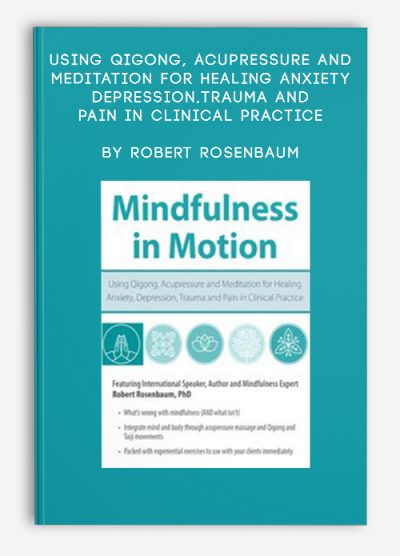


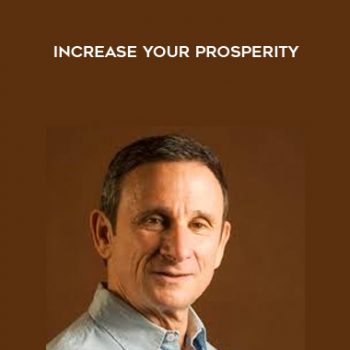
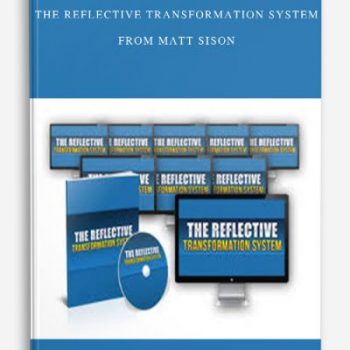
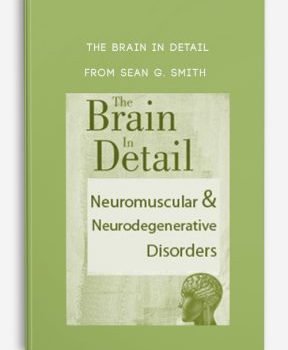

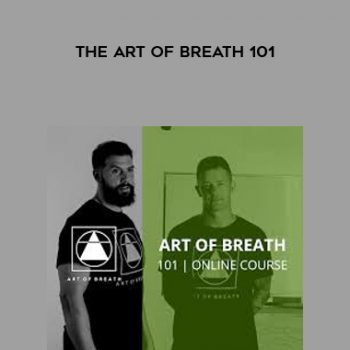
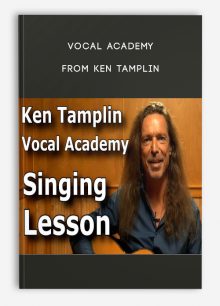
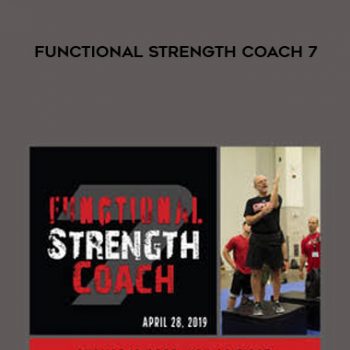
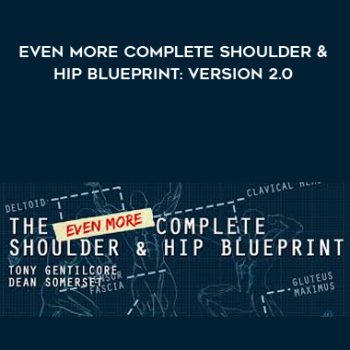
tristian –
This is Digital Download service, the course is available at Coursecui.com and Email download delivery.